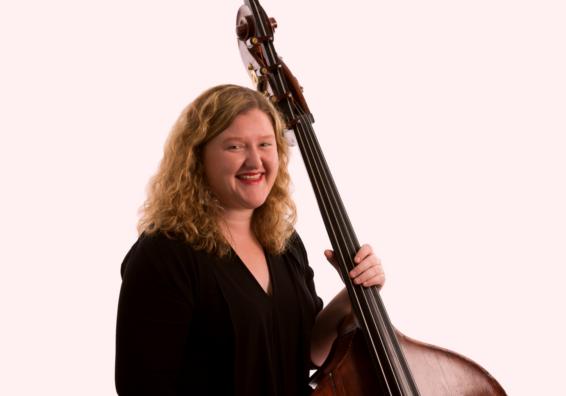MCO’s Concert Grand can be heard in Melbourne on Thursday 20 July at The Deakin Edge, Federation Square & Sunday 23 July at Melbourne Recital Centre.
MCO: Mozart & Beethoven are two of the most iconic composers of the Classical era. How are they different musically?
EMMA: Beethoven outlived Mozart by almost four decades so their most obvious point of difference is that Beethoven’s style evolved from a Classical idiom into a distinctly Romantic language. That being said, his first Symphony in C Major, composed at the turn of the 19th century, is a typical example of the elegance and clarity of Classical style. In 1826, Beethoven wrote in a letter, “I have always reckoned myself among the greatest admirers of Mozart, and shall do so till the day of my death.” Symphony No. 1 is a testament to the influence of Mozart and Haydn on Beethoven’s early compositional style. Its bubbling exuberance is quite similar to that of Mozart’s Piano Concerto No. 17 in G Major, also featured on this program. Beethoven’s work does display more prominent and independent wind writing than that of Mozart, giving a small hint of what was to come in his later symphonies.
MCO: And are they different to play?
EMMA: Stylistically, the Mozart and Beethoven works featured in “Concert Grand” will be quite similar to play. Much of the energy in this style of music comes from the bass line, which is characterised by a sparkling spiccato stroke. Even in this early work of Beethoven, there are some indicators of his later style, from the grand and stately introduction of the first movement to the regular use of sforzandi, where notes are given a sudden and heavy emphasis. Another clear point of difference is that Mozart’s work is a concerto – our soloist, Lucinda Collins, will heavily influence our interpretation.
MCO: MCO sometimes performs symphonic works conducted, but in this performance William Hennessy will direct the orchestra from the violin. How will this make the performance different for you and the other players?
EMMA: Performing symphonic repertoire without a conductor is challenging, but also very rewarding. It creates an experience more akin to chamber music and forces us all to listen to each other intently and be more aware of everyone’s parts. When we work with a conductor we are inspired by their vision for the work. Although this can be stimulating and present us with new perspectives on the music, it also can sometimes encourage complacency. Playing unconducted places the ownership of interpretation back on the players and encourages us to be creative and responsive. I think Beethoven’s intimate and vibrant first symphony will be well suited to this style of performance.

